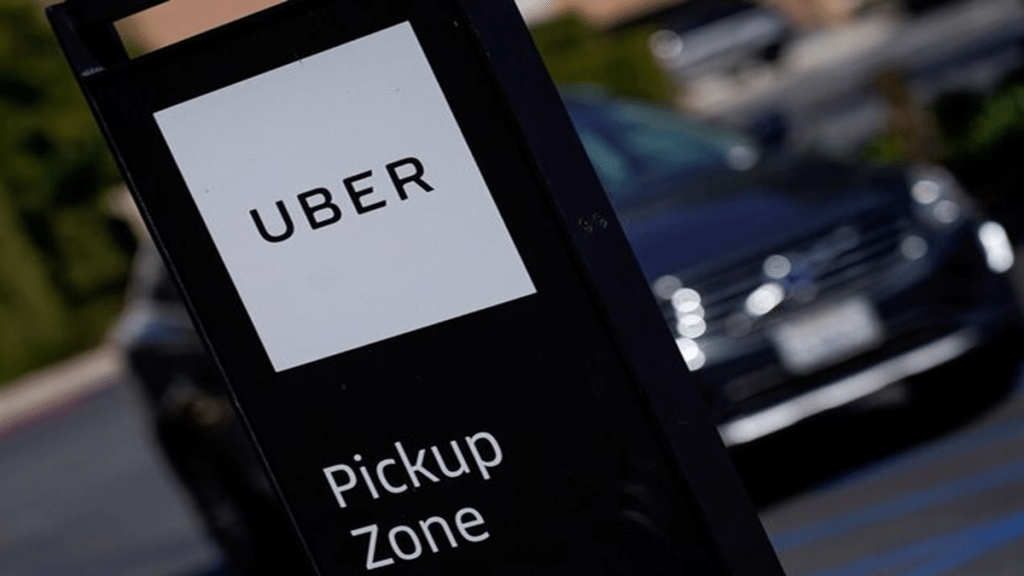Online cab booking service Uber has cut its losses in India by 71 per cent during the financial year 2023-24. The company reported Rs 89 crore in net loss, down from Rs 311 crore during FY23 as revenue from operations jumped 41 per cent to Rs 3,761 crore in FY24 from Rs 2,666 during the previous fiscal, according to the data sourced from the business intelligence platform Tracxn.
However, expenses for Uber India, which competes with Ola, Rapido, InDrive, BluSmart and other ride-hailing startups, increased by 26 per cent to Rs 3,976 crore in FY24 from Rs 3,145 crore in FY23. Employee benefit expense had the highest share in expenses growing to Rs 2,690 crore from Rs 2,078 crore in FY23.
These expenses are costs incurred by a company in providing benefits to employees usually beyond their base salaries such as health insurance, retirement plans, etc.
The company earned Rs 806 crore – 21 per cent of the revenue – from Uber Rides – the cab booking business in comparison to Rs 678 crore earned in FY23 while the remaining Rs 2,936 crore – 78 per cent – came from support services under Uber BV including engineering support services, back office support services and others.
Uber India disclosed Rs 3,940 crore in total assets in FY24, growing from Rs 3,135 crore in FY23 including Rs 1,194 crore in trade receivables and Rs 1,017 crore in deferred tax assets.
A deferred tax asset is like a prepaid tax benefit which means that the company has paid more tax now or has losses now and it can use that to pay less tax in the future.
Uber India’s arch-rival Ola Consumer, formerly known as Ola Cabs, in contrast reported a drop in its revenue from operations and other income to Rs 2,368 crore in FY24 in comparison to Rs 3,000 crore in FY23.
However, it closed FY24 with full-year Ebitda profitability in the mobility and financial services segments. The full-year Ebitda excluding discontinued operations jumped over 3x to Rs 271 crore from Rs 87 crore in the previous year.
The maturing ride-hailing market in India still has Ola and Uber as the two dominant players even as the dynamics have been shifting due to competition from players such as Rapido, inDrive, BluSmart, and others; apart from changing consumer behaviour and business model.
Moreover, less dependence on deep discounts, more rational pricing, driver shortage, increased demand for rentals, EV push, and regulatory scrutiny around driver commissions, surge pricing and safety compliance are among the key factors determining the future course of the market.

